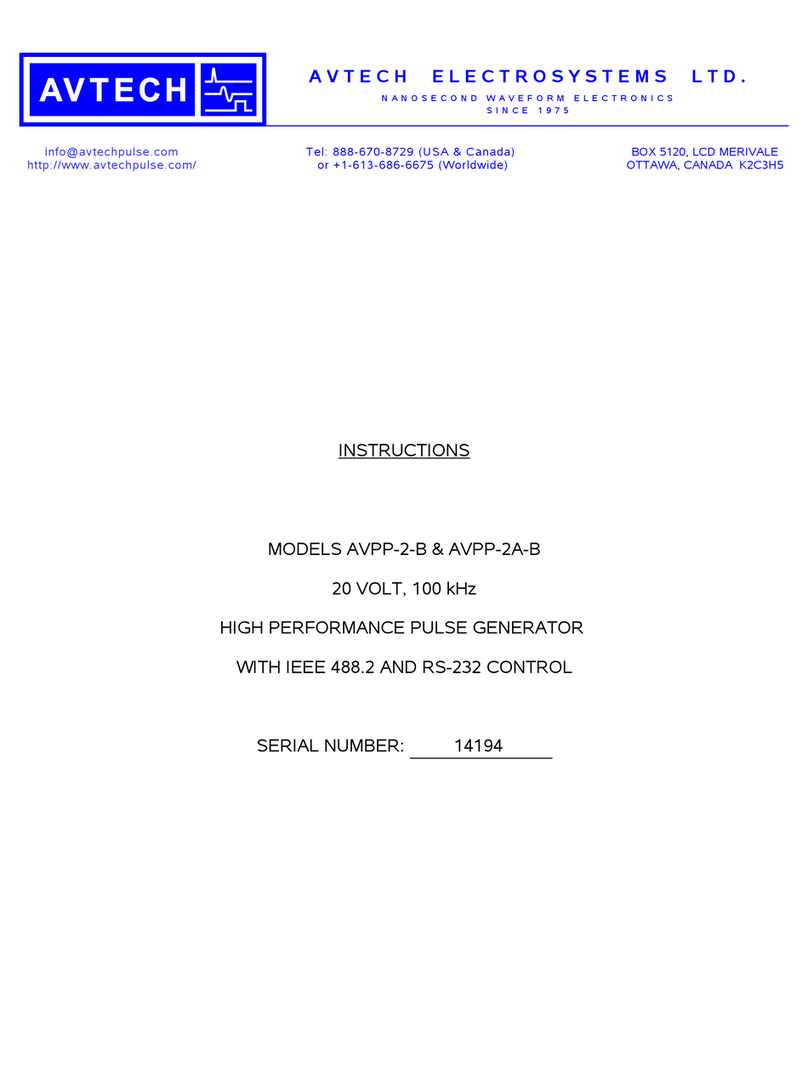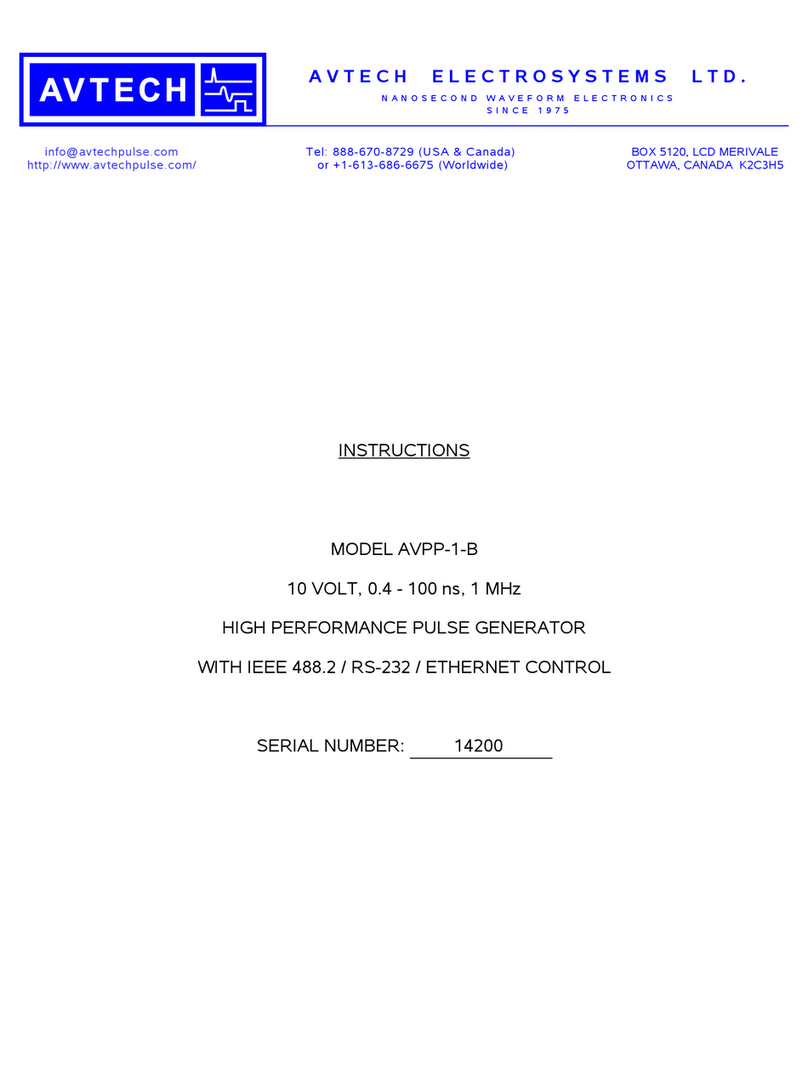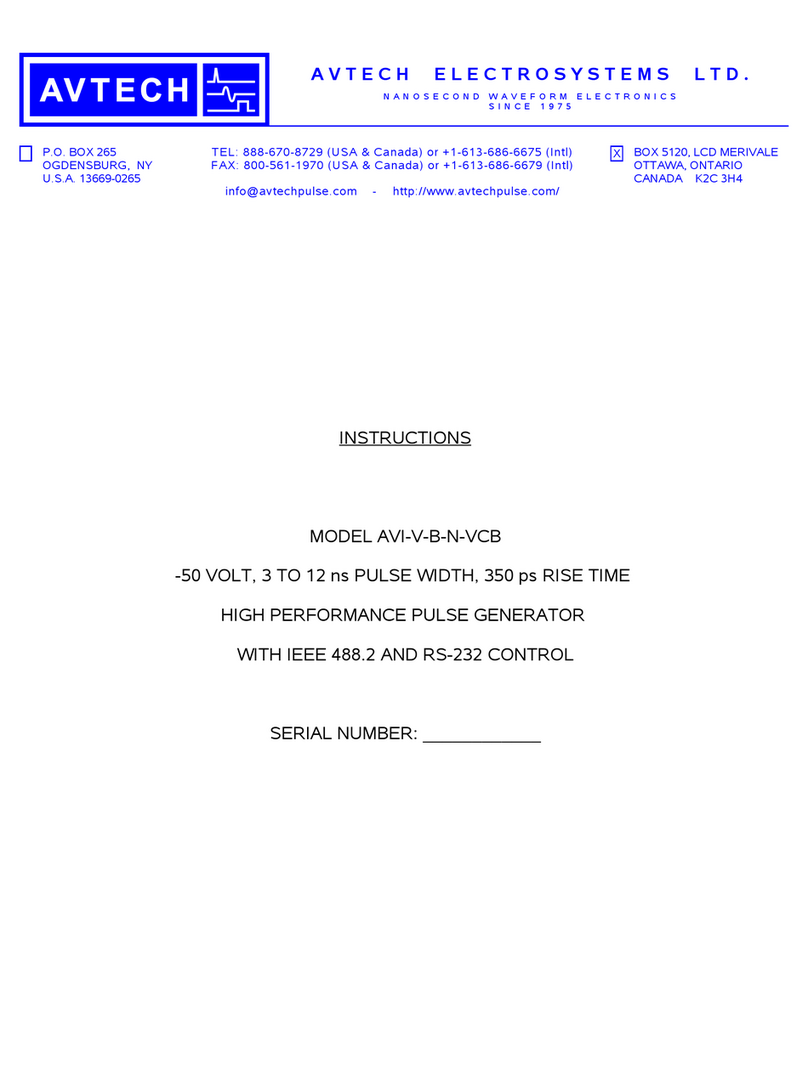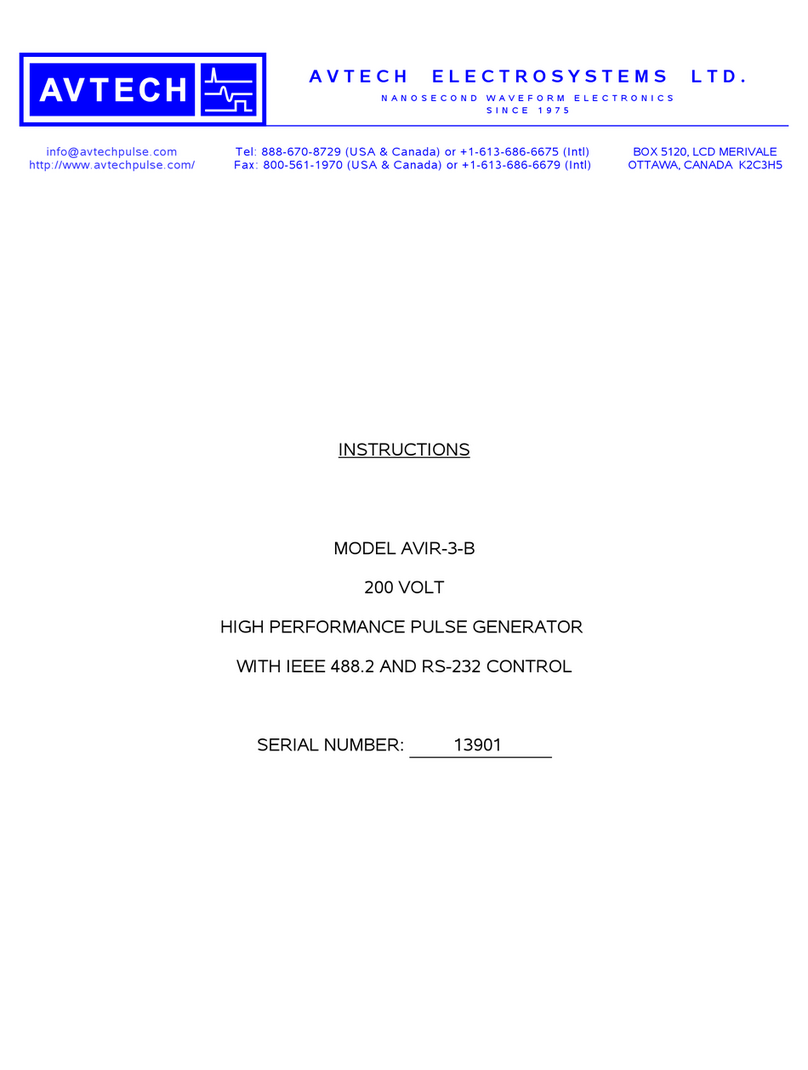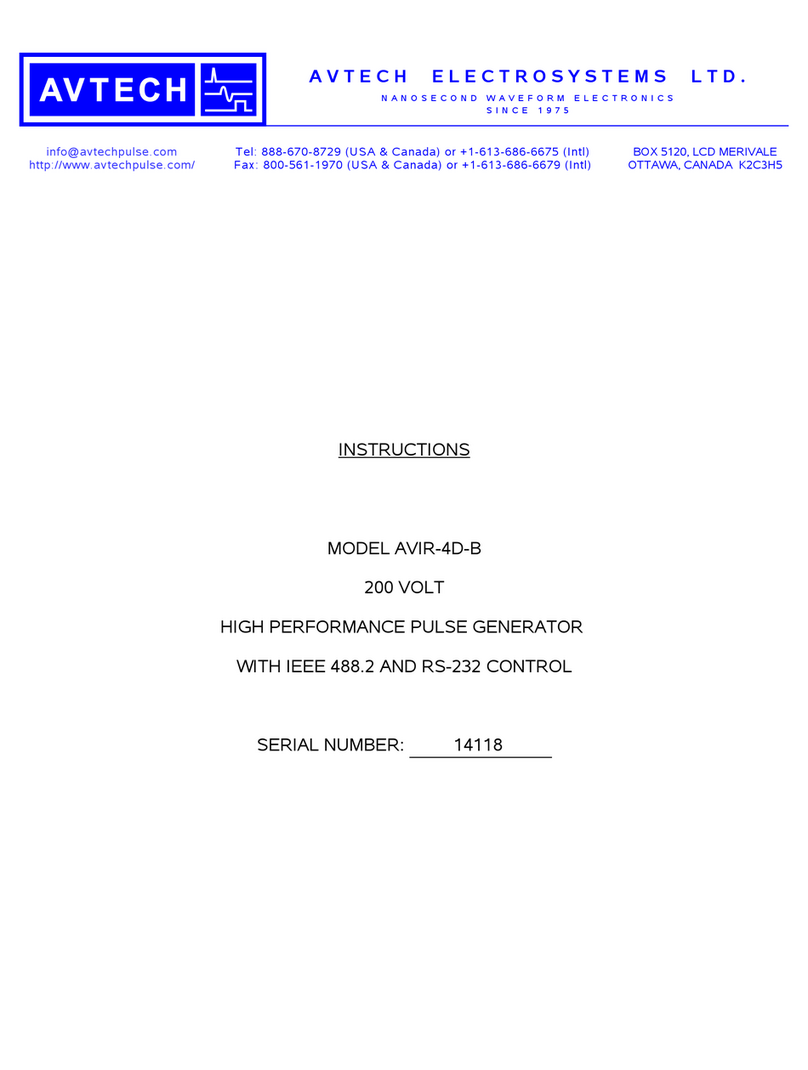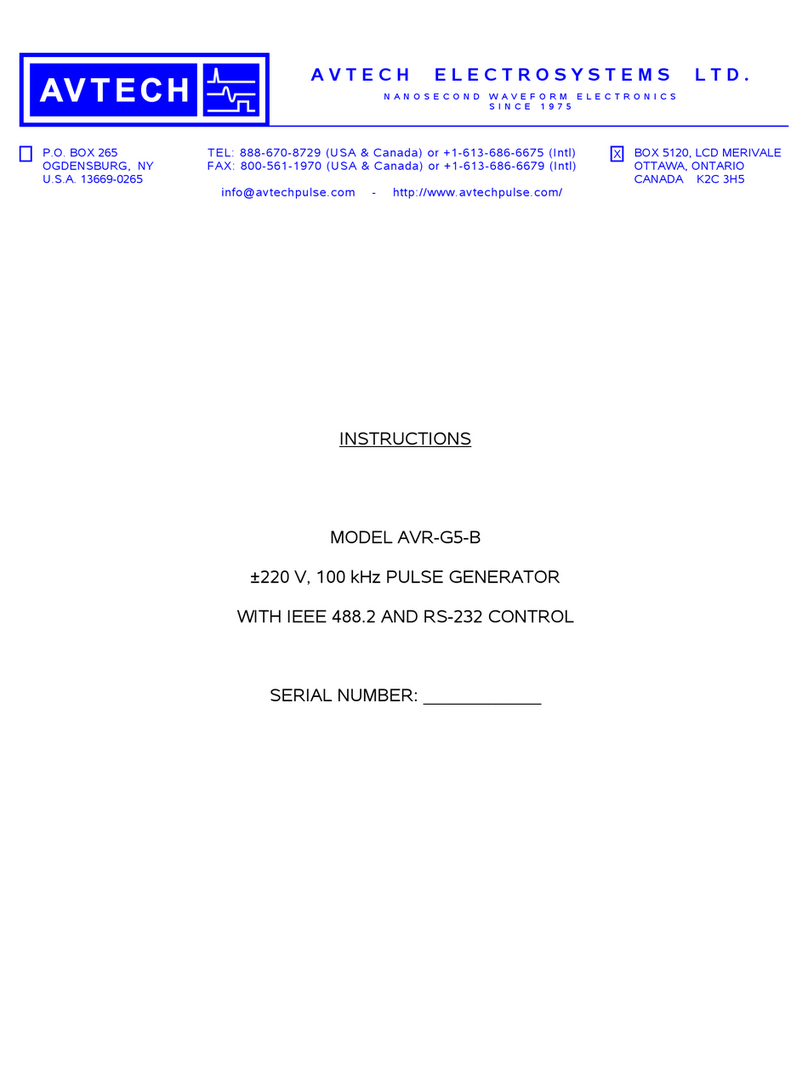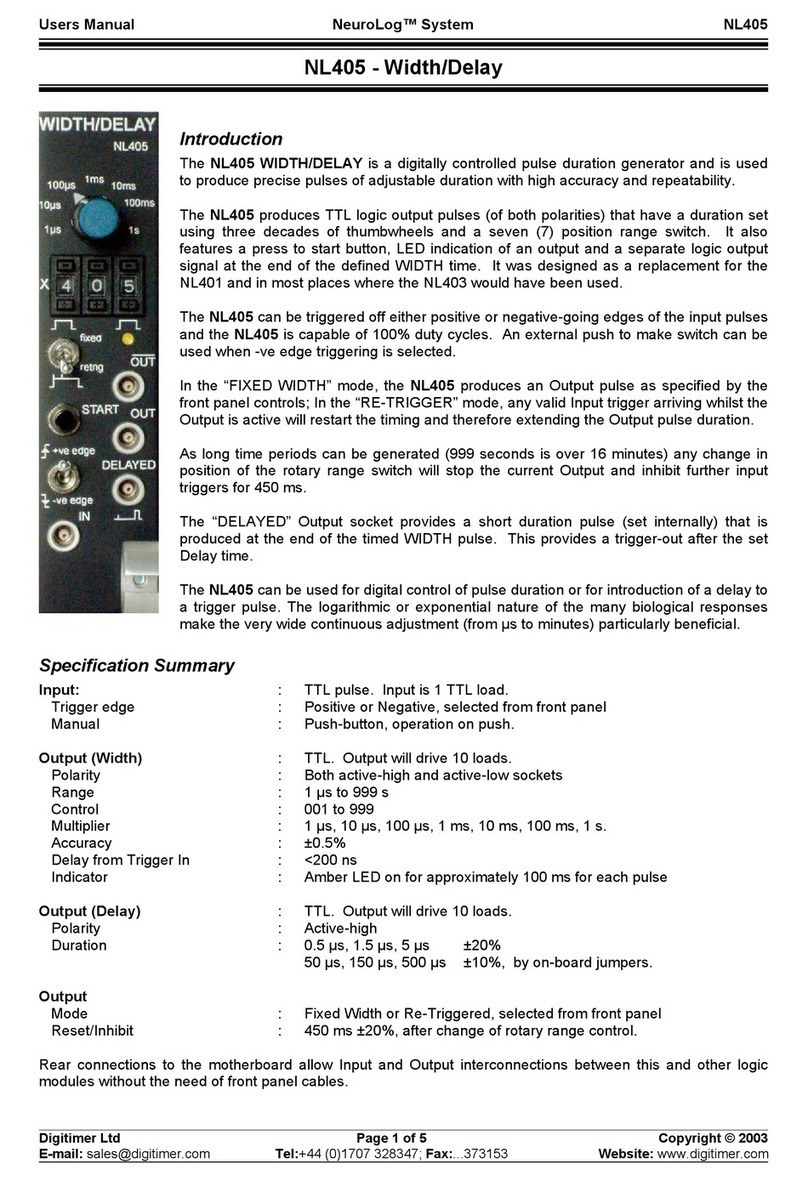Blind Monk Instruments HARMONIC MULTIPLIER User manual

BLIND MONK MODULAR - HARMONIC MULTIPLIER
20hp
45ma +12V
45ms -12V
INPUT JACKS
IN I - Audio IN (+/-5V max)
IN II - Audio In (+/-5V max)
CV IN - Control Voltage Input (+/-5V max)
The CV input controls the horizontal offset of the waves which can sound like triangle
wave pulse width modulation, changing the amplitude of certain frequencies and the
phase of others. When used with the distortion circuit, actual pulse width modulation is
achieved. When used in combination with feedback, modulation between different
distorted subharmonics can be achieved.
OUTPUT JACKS
OUT - Main output (+/-5V max)
II-VII - Audio output for the individual harmonics (levels vary 2-3V peak to peak max)
INPUT KNOBS
IN I - Controls the amount from IN I jack
IN II - Controls the amount from IN II jack

OUTPUT KNOBS
I - VII - These knobs control the level of harmonics present at the main output jack (they
have no effect on the individual outputs (jacks II-VII)
DIST - Amount of distortion applied to the main output (doesnʼt affect individual
outputs II-VII)
FREQUENCY MULTIPLICATION
With a triangle wave input, you get 1X, 2X, 3X, 4X, 5X, 6X and 7X the
frequency (with triangle waves as the output) Because of the way it works, there will likely be
some of the original frequency in each output. Some channels arenʼt completely symmetrical
triangle waves, but this allows for many of the other features.
Each channel has its own character and responds differently depending on the amplitude and
shape of the input, and although each channel is a multiple of the original frequency,
they all have a slightly different shape and will likely contain some of the original
frequency depending on the input amplitude. Some channels have a bit more “buzz”
than others because the symmetry of each wave is slightly different.
Other waveforms and sounds besides triangles can be used with different sounds
resulting.
—Input a triangle wave VCO to the channel one input (IN I)
—Turn the IN I pot clockwise to correspond to the input amplitude. For most eurorack
oscillators at 10V peak to peak (+/-5V), turn the IN I knob to 2 oʼclock. For pro audio
line level signals (+/-2V), turn the IN I knob to 4 oʼclock. For regular line level signals
turn the IN I knob all the way clockwise. Some signals may need to be amplified to work
fully and adjustments to the input knob may be needed to get the desired result.
—Turn the knobs I-VII to mix different harmonics to the main output, or use the
individual outputs at the bottom.
WAVEFOLDER
The Harmonic Multiplier can be used as a wave folder as well.
—Connect a VCO to IN I (triangle and sine waves work best). Turn the IN I knob
clockwise. Turn the VII knob clockwise.
—The fold amount can be modulated by turning the IN I knob or using a VCA before
the input (e.g. VCO output to VCA input, VCA output to harmonic multiplier input).
—The horizontal symmetry can be adjusted by applying a control voltage to the CV
input of the harmonic multiplier.

The wave folding effect is cleaner in tone than some other wave folders but by turning
up the other channels (II-VII) and the distortion effect (DIST knob), more complex tones
can be created. Although the VII channel folds the wave more than other channels, the
III and V channels also work as wave folders and can be mixed together as well.
RING MODULATION
Well not technically a ring modulator…, but if you apply two VCOs to the two inputs
you can get tones very similar to ring modulation. Combining two signals will vary the
amplitude and phase of different harmonics both from IN I and IN II. As mentioned
before, since each channel is slightly different, unique tones can be created with each
channel.
—Connect a VCO to IN I. Connect another VCO to IN II. Turn up both IN I and IN II
knobs. Turn knobs II-VII. Try modulating the frequency of one of the VCOs.
—Try tuning the two VCOs to different frequencies. Controlling them with the same volt
per octave source, sequencer or keyboard, can create a range of sounds.
DISTORTION
There is built in distortion/clipping circuit built in to the module that allows for
additional tones. Turning up the channel one knob (I) while the other channels are
turned down (II-VII) will create a basic distortion / squaring effect on the inputs.
Pulse width generation can be achieved by applying a triangle, sine, or sawtooth VCO
to the input and applying an LFO to the CV input. Thick pulse width sounds can be
achieved by turning up the other channels.
Sync type sounds can be achieved by using an envelope generator and a VCA to
control the amplitude of the incoming VCO signal.
FEEDBACK
The harmonic multiplier is designed to create more tones by feeding the signal back
into itself.
—Apply a VCO to IN I. Turn up the input knob (IN I). Turn up any of the output knobs (IVII).
Patch any of the individual output jacks (II-VII) to the IN II jack and turn up the IN II
knob.
—Feeding channels II or IV back into the module will create various distorted
subharmonics. These subharmonics can be modulated using the CV input or changing
the amplitude of the input VCO. Try adjusting the input knobs to change how the CV
affects the sound.

—Feeding the other channels back into the module will change the symmetry of the
waves creating resonance type sounds, or generally unusual wave shapes.
OTHER PATCH IDEAS
—Applying a filter to the VCO before the input and sweeping the filter with a high
resonance will create different sounds on each channel, emphasizing the resonance in
different ways.
—Although the front panel has two main inputs and one CV input, more signals can be
mixed together before the inputs to create additional tones. For example, using an
external mixer to combine three VCOs before the input creates more complex and
unpredictable tones.
—Also, control voltages may be applied to either the IN I or IN II jacks but because they
arenʼt scaled for CV control the output signal may disappear completely when the CV
signal is high. Similarly, audio rate inputs will work on the CV input but at a lower level.
—While it wasnʼt specifically designed for this purpose in mind, triangle wave LFOs can
be multiplied using the odd harmonics, III, V, and VII. At the right amplitude the LFO
will be 3x the frequency, 5x the frequency and 7x the frequency. Keep in mind that the
individual outputs are at lower levels than the main output, so some amplification may
be needed. The even channels II, IV, and VI are AC coupled and therefore will not work
the same on LFOs. On these inputs, slow LFOs will not do anything.
Table of contents
Popular Pulse Generator manuals by other brands

HP
HP 81101A quick start guide

Hioki
Hioki U8793 instruction manual
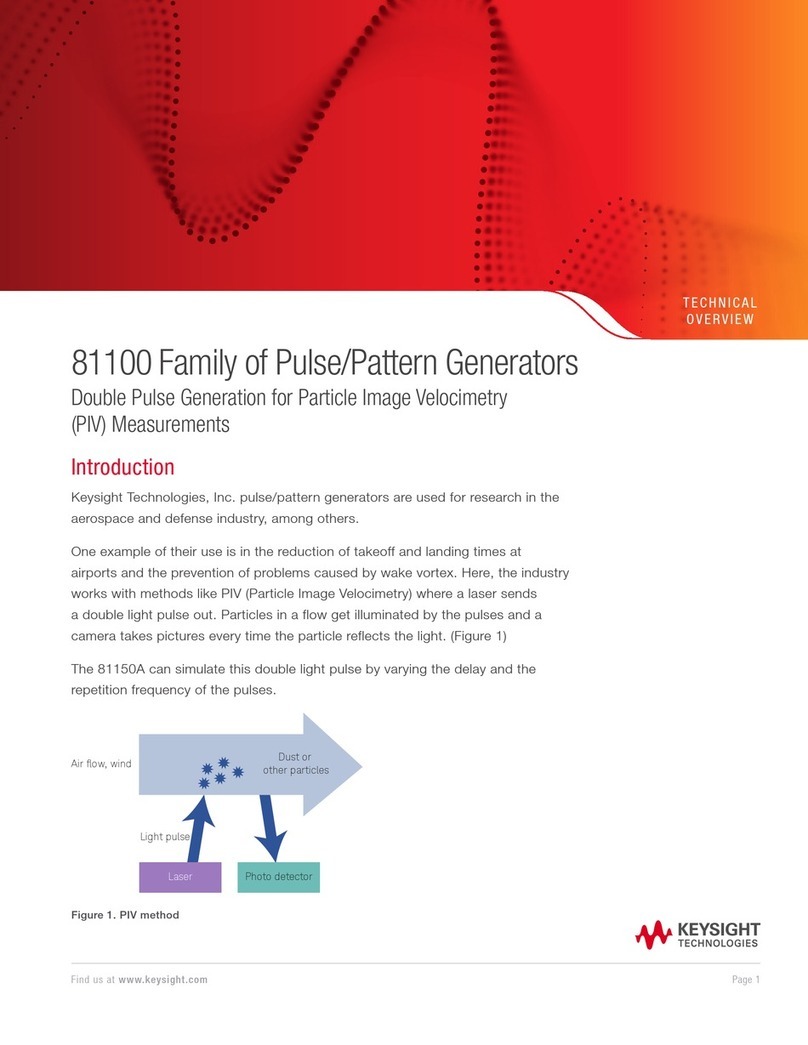
Keysight Technologies
Keysight Technologies 81100 Series Technical overview

BIOTRONIK
BIOTRONIK Evia HF Technical manual

SKF
SKF Lincoln SP/SFE 30/3003 EEX Series operating instructions

SYSTRON DONNER
SYSTRON DONNER 100A Operation & Maintenance Handbook
